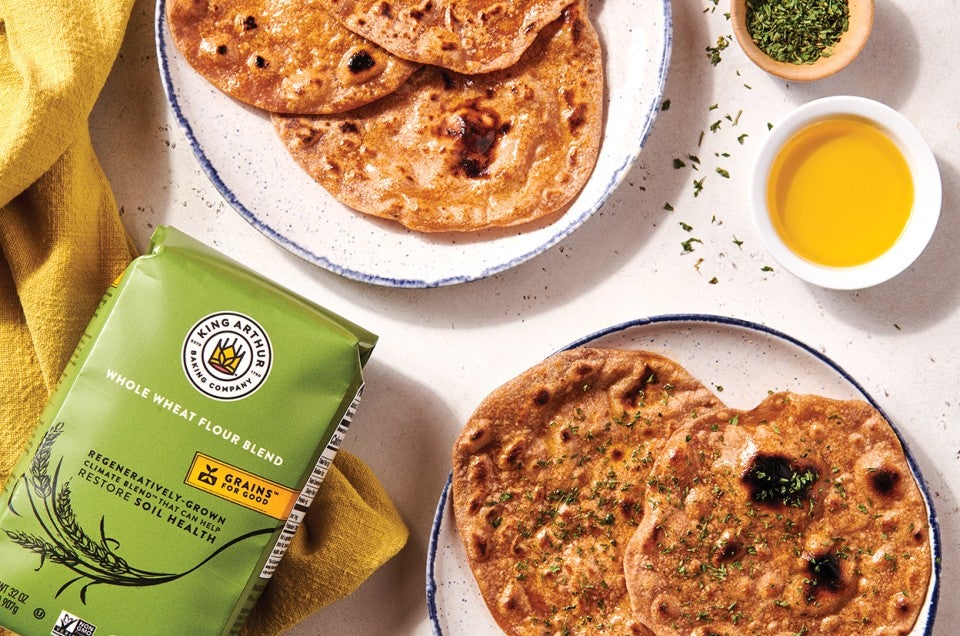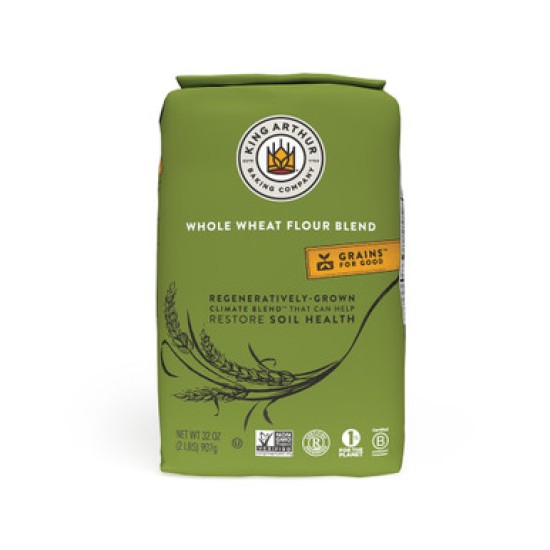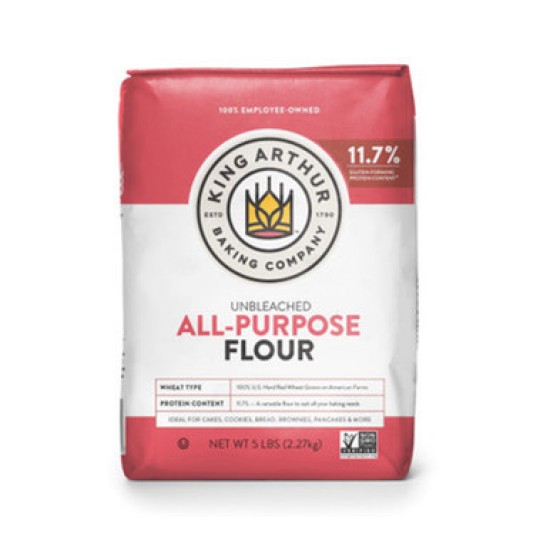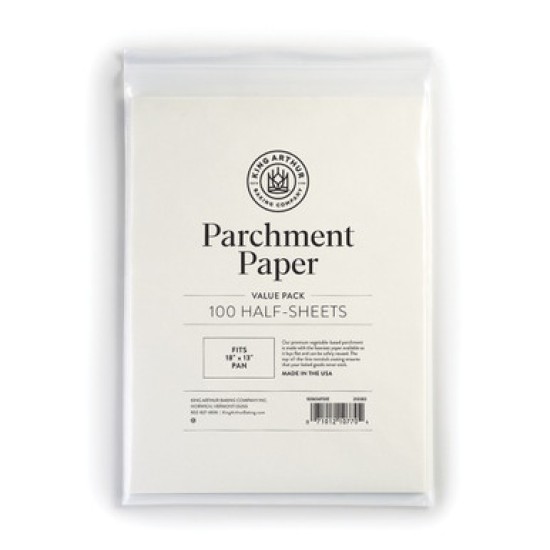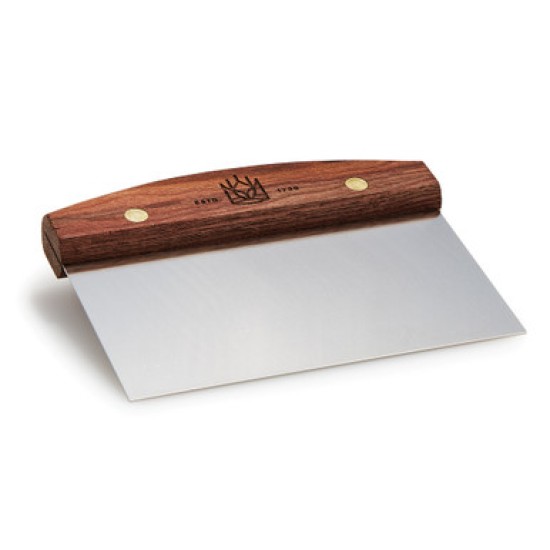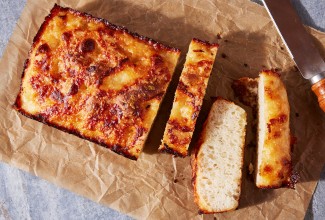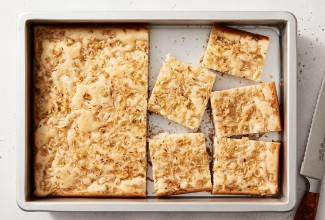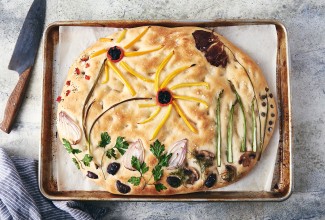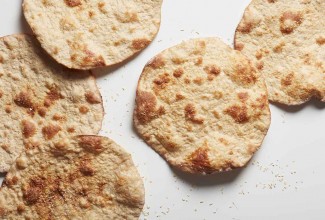-
Weigh your flour; or measure it by gently spooning it into a cup, then sweeping off any excess.
-
In a wide, shallow mixing bowl, whisk together the flour and salt.
-
Drizzle the oil over the flour mixture, then use your fingers to rub it evenly into the flour until fully combined.
-
Add the hot water and mix until a shaggy dough forms. Cover the bowl and let the dough rest at room temperature for 10 minutes.
-
Knead the dough by hand, directly in the bowl, until it's smooth, 3 to 4 minutes. If the dough feels dry, moisten your hands with warm water and continue kneading. The final dough should be soft and slightly tacky.
-
Cover the dough and let it rest for 30 minutes or up to 1 hour at room temperature.
-
Divide the dough into 12 equal pieces (about 32g each), shape each piece into a ball, and cover.
-
Line 2 baking sheets with parchment. Add about 1/4 cup (roughly 30g) flour, which you’ll use for rolling the chapati, to a small bowl or container.
-
Working with one ball of dough at a time, use your hand to flatten it into a 1/2"-thick disk. Transfer the disk to the bowl of flour and turn it so that all sides are lightly coated in flour. Transfer the disk to a work surface and roll into a thin 6" circle, sprinkling more flour as needed to prevent sticking. Carefully transfer the rolled-out dough to the prepared baking sheet and cover. Continue working, one piece of dough at a time, until you’ve rolled 6 chapati; do not stack or overlap the rolled chapati (they will stick together).
-
When you’ve rolled out 6 pieces, preheat a cast iron skillet on the stovetop over medium-high heat (350°F to 375°F). As the skillet heats, roll out the 6 remaining balls of dough, placing them on the second prepared baking sheet.
-
Dust off any excess flour and place the first chapati you rolled out into the hot skillet. Cook for about 1 minute, until bubbles form on the top, then flip over and cook for another 20 to 30 seconds, until the chapati has puffed and browned in many places.
-
Brush one side of the chapati with 1 teaspoon ghee as soon as you remove it from the skillet, if desired. As you work, keep the chapatis wrapped in a clean dish towel, which will keep them soft. Serve immediately.
-
Storage information: Chapati can be stored in an airtight container in the refrigerator for up to 2 days. To reheat, sandwich each chapati between 2 damp paper towels and microwave on high for 10 seconds.
